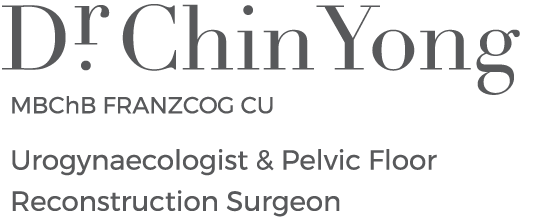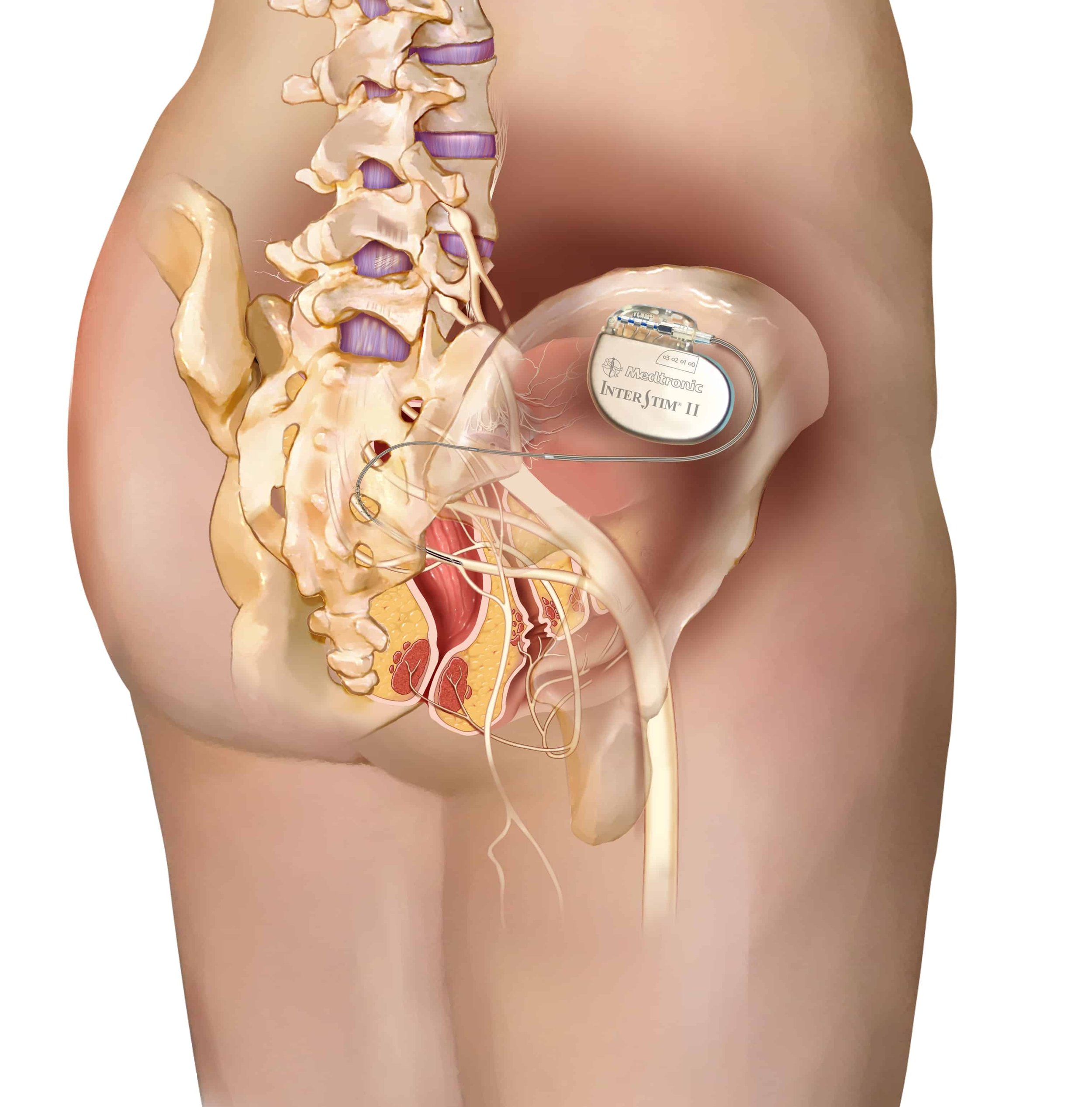Overactive Bladder
Overactive bladder (OAB) encompasses a collection of bladder symptoms such as urinary urgency (sudden intense urge to pass urine/needing to rush to toilet), frequency (going to toilet many times, usually more than 7 times during the daytime) and nocturia (waking up at least once at night to pass urine). OAB may be associated with or without urinary incontinence.
What causes OAB?
OAB is due to bladder muscle contractions to empty your bladder inappropriately when it is not full. A Urine test is the first line of investigation to rule out bladder infection. Foreign body or abnormal growth in the bladder e.g. stone, mesh, cancer can be investigated with an ultrasound scan and a cystoscopy. Women who have had previous incontinence surgery can have OAB symptoms
It is important to rule out any neurological disorders or diabetes that can affect the nerve supply to the bladder.
Excessive fluid, caffeine or alcohol intake increases urine production and can trigger OAB symptoms. Caffeine and alcohol are common bladder irritants which could potentially exacerbate symptoms.
For many women, the exact cause of OAB symptom is never found.
Non-surgical management for OAB
Lifestyle modifications such as reducing caffeine/alcohol/fizzy drink intake, fluid intake modification, avoiding fluid intake before bedtime, maintaining a healthy weight, avoiding smoking and avoiding constipation may help to control the symptoms
Pelvic floor physiotherapist input to optimise pelvic floor muscle strength and bladder retraining to help you to hold your bladder longer and gradually increasing the time between toilet visits.
A variety of medications can be used in conjunction with the above therapies. Medications can help you to hold your bladder longer, reducing urge incontinence and nocturia. It is important for you to maintain your lifestyle modifications and pelvic floor muscle strengthening.
The medications that are commonly used for treatment of OAB:
Oxybutynin – Ditropan (tablets) or Oxytrol (patches)
Tolterodine – Detrusitol (tablets)
Solifenacin – Vesicare (tablets)
Darifenacin – Enablex (tablets)
Mirabegron – Betmiga (tablets)
Common treatment side effects are dry eyes, dry mouth, constipation, blurred vision and fast heart rate. Please seek advice from your doctor if you experience any side effects
It is important to understand that some women may need to be on medical therapy for the long-term to control their OAB symptoms (similar to patients needing therapy for high blood pressure or diabetes).
Older or postmenopausal women may complain of vaginal dryness and are recommended to use topical vaginal estrogen therapy to control their bladder symptoms.
Women who have not responded to medications or have intolerable side effects may consider advanced therapy for OAB.
Botox injections into the bladder
An advanced therapy option for patients who failed to respond to oral medications for overactive bladder and urge incontinence.
This day procedure involves 20 small injections of botox into the bladder under direct vision using a cystoscopy
The Botox effects last approximately 6-9 months and top up can be offered if urge incontinence reoccurs
The most common adverse effects include urinary tract infection and urinary retention requiring short-term intermittent self-catheterisation.
Advanced therapy for overactive bladder
Sacroneuromodulation (SNM)
SNM may be recommended for women who failed to respond to oral therapy for overactive bladder and urge incontinence
Thought to work by stimulating the sacral nerves in your lower spine that subsequently send signals to brain to restore your bladder function
It can also be used for treatment of faecal incontinence and non-obstructive urinary retention
SNM involves a two-staged procedure (day procedure):
Stage 1 involves insertion of an electrode into your lower back under radiological guidance in an operating theatre and connection to a temporary external stimulator. Improvement of bladder symptoms of at least 50% should be observed (based on bladder diary) before implanting a pacemaker/pulse generator
Stage 2 procedure involves insertion of a pacemaker/pulse generator through a small skin incision above your hip bone under general anaesthesia.
PTNS is a non-drug & non-surgical management of OAB and urge incontinence
It is an effective office-based neuromodulation delivering small electrical impulses through tibial nerve (behind your shin bone) to restore your bladder function. During the procedure, an acupuncture needle will be placed near your ankle and connected to an external stimulator.
A 30 minute, 12 week treatment plan is required to achieve the desired treatment response. Maintenance can be achieved with once a month treatment.
Percutaneous tibial nerve stimulation (PTNS)
Useful Websites


